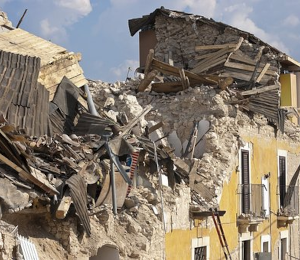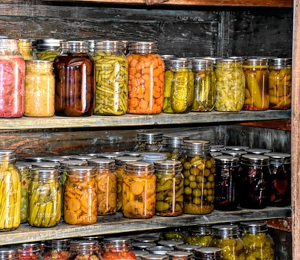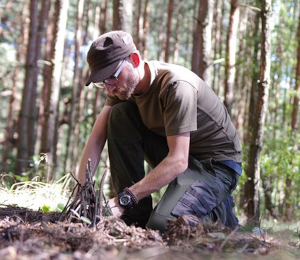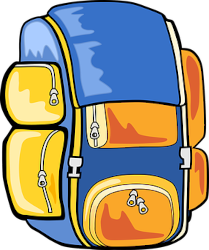
Accidents and medical emergencies in the home happen more frequently than many people realize. Statistics show a disabling injury happens every 4 seconds in the United states, and every 18 minutes a fatal injury occurs. Common causes of these accidents include falls, fire, burns, choking and poisoning.
Every home should have at least one first aid kit that is well stocked and readily available. First aid kits are used most often for minor injuries such as cuts, sunburns or bites. But you never know when having a well stocked kit in your home may save someone’s life.
A first aid kit won’t be of much help to you if you don’t know how to use it. Make sure you have a guide in your kit from a reliable source. It should have the latest medical advice and be easy to understand, particularly in a stressful situation.
The Five Essentials of First Aid Supplies
- Instruments
- Pointed tweezers for removing splinters
- Disposable latex or non latex gloves
- Small rounded-tipped scissors for cutting tape, clothes or bandages
- Breathing Barrier for performing CPR Thermometer-either digital or mercury
- Ice Bag
- Eye Patches
- Oral medicine syringe
- Good-quality bandages—a variety of sizes to dress different kinds of wounds
- Several individually wrapped sterile gauze pads, 2″ X 2″ and 4″ x 4″.
- Non-stick gauze bandages
- A roll of 2″ gauze bandage
- A roll of 5″ gauze bandage
- Elastic bandages
- Triangular Bandages
- Adhesive Tape
- Antiseptics
- Liquid antiseptic such as Hydrogen Peroxide to kill germs.
- Antibacterial cream or ointment for cuts, scrapes and insect bites.
- Over-the-Counter Medicines
- antihistamine
- cough suppressant
- aspirin or ibuprofen
- syrup of ipecac (in case someone ingests poison—call the Poison Control Center before using)
- Periodic Checks and Updates
- Check your First aid kit once a year, possibly the same day you check your smoke detectors, to be sure it is fully stocked and nothing has expired.
- Make sure you always make a note of anything you use out of your kit so it can easily be replaced.
- Proper Storage
- Store your First Aid Kit in a tote bag or plastic container that will keep it clean and dry.
- Place your kit where it is easily accessible. It is recommended to have one on each floor in your home and workshop.
- Make sure everyone in your home knows where the kit is located and how to use it. It could save a life someday!

















